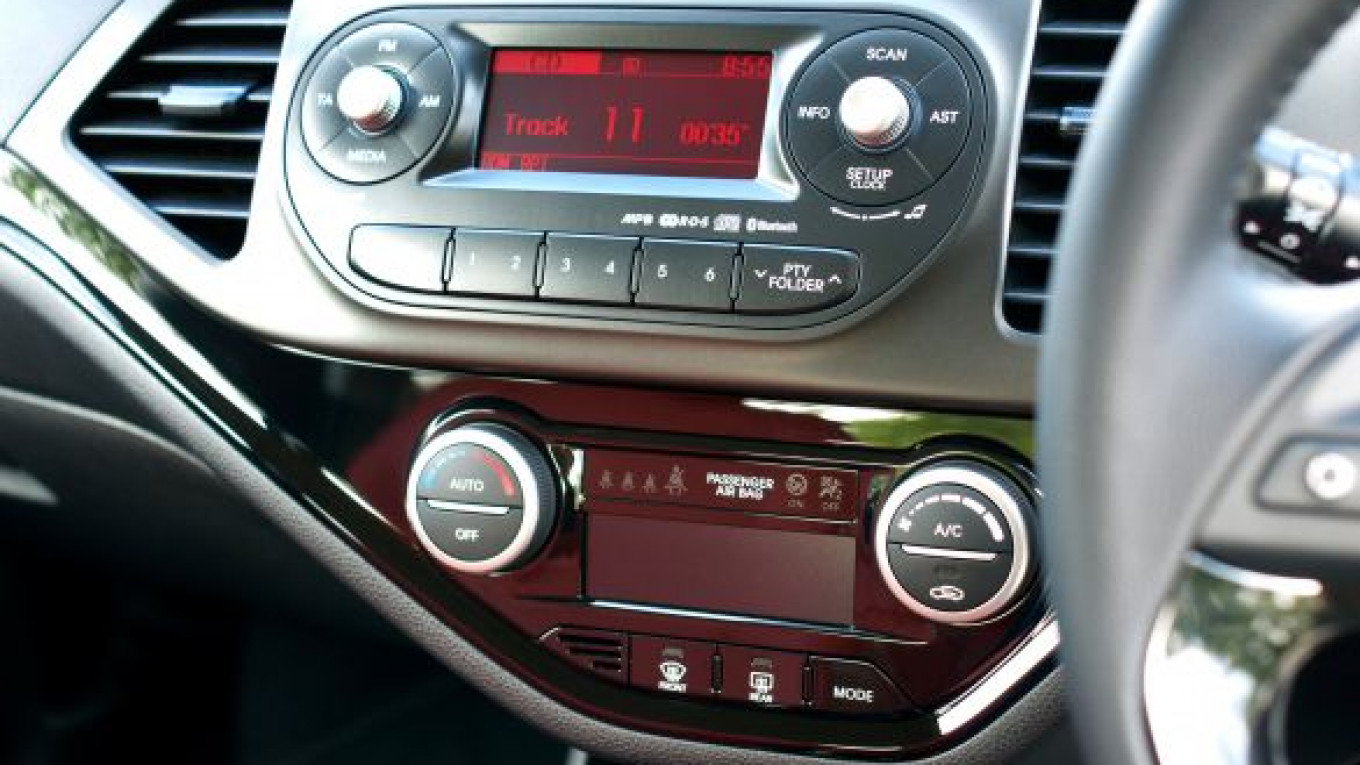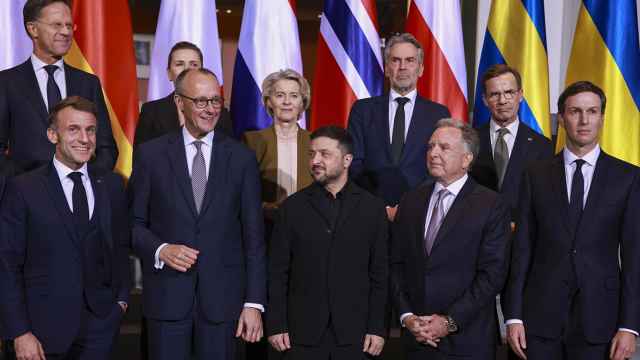Editor's note: Wheels is a section featuring car reviews.
There is a common thread in literature, art and design: Ideas are borrowed and then reinvented, sculpted into a new and unique offering.
Artists are a good example of this — Take Robert E. Wells and David Farren, for instance. They both paint landscapes, cityscapes and street scenes in a similar impressionistic style.
Facts at a Glance
Kia Picanto
Price range: 499,900 — 559,900 rubles ($15,000 — $16,800)
Technical Specifications
0- 100 kph: 13.9 secs
Power: 68 bhp
Top speed: 150 km/h
Urban economy: 22.2 kpl
Source: Kia
Their work draws inspiration from the great French painters like Monet and Renoir who introduced this approach in the 19th century. Clearly, the actress Felicity Kendal appreciates this style because pictures by both Wells and Farren can be found in her private collection. So it goes to show that just because that genre already existed, it is perfectly acceptable to revisit and craft it into something equally, if not more, appealing.
This approach is popular in car design, too.
Look at the side of the new Kia Picanto city car. What do you see? It's an Alfa Romeo, surely. The whole design reminds me of the Alfa 147. Chrome door handles, favored by the Italian manufacturer, further add to this opinion. Like with my thoughts about art, this is no bad thing. The Alfa 147 was an attractive little car, but it was a temperamental Italian. It was calling out to be rediscovered and enhanced.
This observation goes to show how far Kia has come in the space of a decade. Consider that this Korean car maker produced the bland and characterless Kia Pride between 1986 and 2000 with hardly a change in its styling — if you can call it that — during that long period and it is surprising and welcoming to see the change that has taken place.
The tiny Picanto is up against tough competition from the Smart Car and the Renault Twingo. In this sector though, it's all about the money, and Kia blows the competition away with its 499,900 ruble price, which includes air conditioning, power windows and wing mirrors as you can see in the video at The Moscow Times website. The piece de resistance is a seven-year 100,000-mile warranty. You only get four years with a more expensive Renault.
An attractive vehicle, the Picanto is sure to melt even the coldest Russian heart. Distinctive alloy wheels, again reminiscent of designs favoured by Alfa Romeo, set it off, adding to the sense that there is something a little different about this car making it stand out from the crowd in the monotonous Moscow traffic jams.
Alfas have always liked their juice and so Kia drivers will be pleased to know that not only can they enjoy its attractive looks, but the Picanto returns around 21 kilometers per liter. Its five-speed manual transmission is pleasant enough, and the one liter engine doesn't complain when driven hard, which is necessary if a decent pace is required.
City cars are all about ease of parking, especially as more cars clamber onto the Russian highways. The Picanto doesn't let the team down. It's a cinch to squeeze into the tightest of spaces, helped by the reversing sensors.
Inside, there has been an effort to make the cabin as welcoming as possible, which in this price range is a distinct bonus. The seats are reasonably supportive, and thought has gone into the design of the dashboard, which makes all of the controls easy to find and operate.
It is such a compact car though, that it really is aimed at the young free and single. I didn't even attempt to get my two daughters in their cumbersome car seats in the back because there just was not room. But the boot was large enough for a light shopping trip.
Design is critical to success and motorists have voted with their wallets, pushing global sales at Kia up 2.7 per cent in the first quarter of 2013.
Read more reviews at . Contact the author at [email protected]
A Message from The Moscow Times:
Dear readers,
We are facing unprecedented challenges. Russia's Prosecutor General's Office has designated The Moscow Times as an "undesirable" organization, criminalizing our work and putting our staff at risk of prosecution. This follows our earlier unjust labeling as a "foreign agent."
These actions are direct attempts to silence independent journalism in Russia. The authorities claim our work "discredits the decisions of the Russian leadership." We see things differently: we strive to provide accurate, unbiased reporting on Russia.
We, the journalists of The Moscow Times, refuse to be silenced. But to continue our work, we need your help.
Your support, no matter how small, makes a world of difference. If you can, please support us monthly starting from just $2. It's quick to set up, and every contribution makes a significant impact.
By supporting The Moscow Times, you're defending open, independent journalism in the face of repression. Thank you for standing with us.
Remind me later.






